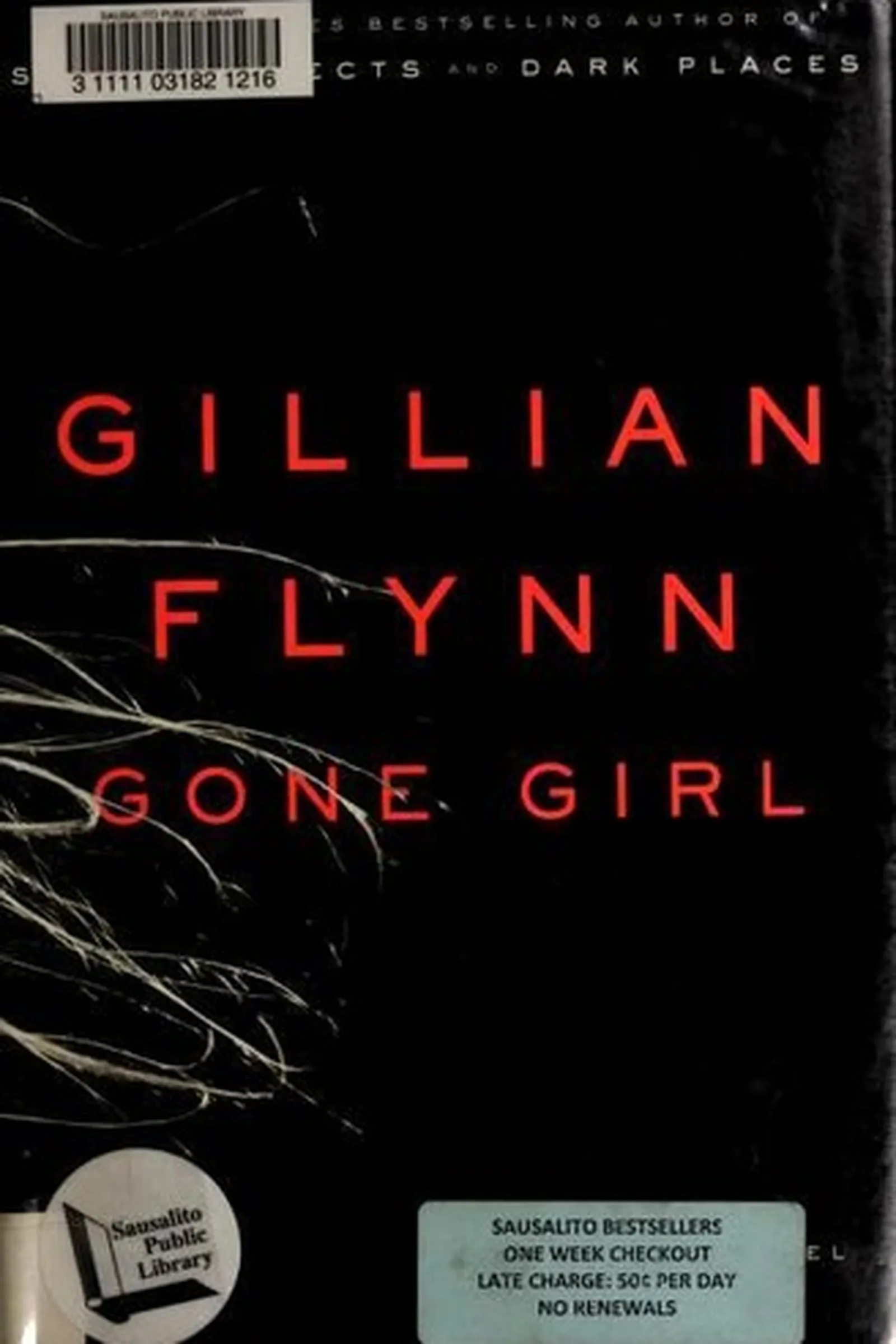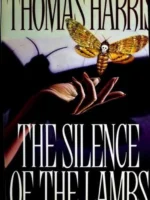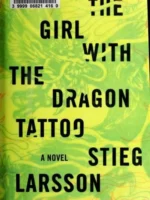Gone Girl, Gillian Flynn, 2012
- Author: Gillian Flynn
- Genre: Mystery/Crime
- Publisher: Crown Publishing Group
- Publication Year: 2011
- Pages: 422
- Format: Paperback
- Language: English
- ISBN: 978-0307588364
- Rating: 4,1 ★★★★☆
Gone Girl Review
Gone Girl by Gillian Flynn is a modern psychological thriller that rewired how crime fiction can feel. Published in 2012, it follows the disappearance of Amy Dunne on her fifth wedding anniversary and the public unravelling of her husband, Nick. For you, this book offers a sharp lens on marriage, media, and the stories we tell about ourselves. It is tense without cheap tricks, stylish without losing momentum, and far more interested in motive than in gore.
Overview
Flynn alternates between two voices and two timelines: Nick in the present, fielding suspicion as the investigation closes in, and Amy in past diary entries that build a portrait of a different marriage. You will notice how the structure becomes the engine of suspense, inviting you to question every memory, every confession, every carefully chosen word. The book is not just a whodunit; it is a whydunit about resentment, performance, and the gap between the person we are and the person we present to the world.
Summary
The morning Amy vanishes, Nick makes small mistakes that look large on television: a stiff smile, a shaky alibi, a house that whispers conflict. As the search intensifies, you learn about pressure points in the marriage: money, pride, geography, the slow erosion of empathy. The diary entries paint Amy as bright and fragile; Nick’s chapters show him as baffled, guilty about small things, evasive about larger ones. Without spoiling the turn, the middle of the book rearranges everything you think you know, and the final act becomes a battle of narratives where truth matters less than control. The ending is chilling because it feels earned; the last pages suggest that in some relationships the performance never ends, it only gets better rehearsed.
Author
Gillian Flynn writes with a journalist’s precision and a satirist’s bite. Before her novels she covered culture and entertainment, and you can feel that edge in the way she sketches media frenzy and public appetite for scandal. Her style is crisp, unsentimental, and very funny in dark ways. You will benefit from her talent for character as much as from the plot; the sentences carry as much charge as the reveals.
Key Themes
You will encounter a study of marriage as a stage, where roles are assigned and revised until the script becomes the truth. The book explores identity as a project rather than a fixed fact, asking what happens when two curated selves collide. It looks at media as an amplifier of fear and desire, shaping guilt before evidence can. It also probes gender expectations: how people weaponize charm, compliance, and anger, and the cost of living inside those expectations too long.
Strengths and Weaknesses
You can appreciate the novel’s control: voice, pacing, and structure click together like a lock. The dialogue is razor sharp, and the social commentary never drifts far from the human stakes. On the other hand, the bleakness will be too much for some readers, and a few plot mechanics ask for generous suspension of disbelief. Overall, you get a thriller that remembers people are stranger than puzzles, and that is why it lands.
Target Audience
This book is ideal for readers who enjoy psychological suspense, unreliable narrators, and character-driven mysteries. It suits book clubs that like to argue about motivation and morality. If you are interested in stories about media spectacle, modern relationships, or how power moves inside a couple, you will find plenty to discuss.
Favorite Quotes
You will find short, quotable lines that distill the novel’s bite and make its ideas easy to revisit. They serve as quick anchors for the larger questions about authenticity, control, and the thin line between love and performance.
Takeaways
For you, the main takeaway is not about the culprit but about the story: who gets to tell it, who believes it, and how it can trap both teller and audience. You will come away with a sharper eye for presentation: how small gestures read on camera, how language tilts sympathy, how couples edit their history. It is a page-turner that also functions as a mirror, and what you see in it may depend on the roles you have played yourself.
| pa_author | Gillian Flynn |
|---|---|
| ISBN | 978-7-787-94810-4 |
| pa_year | 1968 |
| Pages | 192 |
| Language | English |







